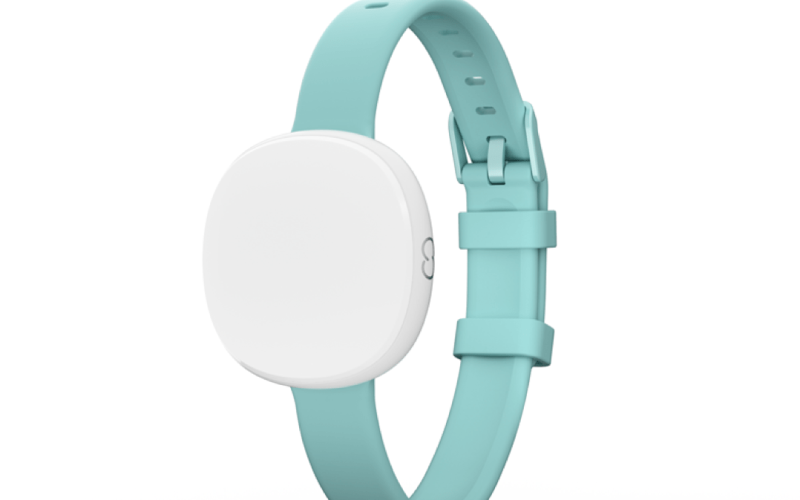A bracelet that continuously measures your temperature and breathing and thus may detect any symptoms of COVID-19 at an early stage. To that end, Rick Grobbee, professor of clinical epidemiology at UMC Utrecht and his team, will test an existing wearable among 40,000 people. For this he has received a grant of € 10 million from the European Innovative Medicines Initiative (IMI).
“It started about eight weeks ago,” said Rick Grobbee. “We were brainstorming with a group of investigators, what could be helpful in making a quick diagnosis of COVID-19. Then the idea arose to investigate to what extent an existing wearable could contribute to this. This wearable has been developed by Ava AG (Switzerland) for women to measure when they are ovulating, so that they know when they are in the fertile days of their ovulatory cycle. The device does this by accurately measuring body temperature, respiratory frequency and skin moisture. This is already a certified device, which is why we can get started so quickly.”
These are measurements that are also relevant to COVID-19. A rising temperature can indicate a starting fever before you realize it yourself. Coughing and stuffiness have a direct effect on breathing. Particular combinations of these factors may indicate COVID-19. “And that’s exactly what we’re going to test,” said Rick.
Testing can start as soon as the number of infections increases again. Chances are that it will be in the fall. “We will ask people at increased risk of COVID-19 to wear such a bracelet. All measurements are centrally monitored and optimized with machine learning techniques. If the measurement data are indicative of COVID-19, the wearer receives a signal and has to be tested quickly. Afterwards, all participants will have an examination to see if there are antibodies in their blood. This will allow us to see if they indeed have been infected with the COVID-19 virus and thus compare whether it matches the wearable’s signals.”
Rick expects to be able to combine this with, for example, the Corona Check app. “About 170,000 people are already using this app. Using this app they keep track of symptoms they experience. With the wearable, we hope to identify COVID-19 symptoms before patients experience them. By combining these two tools, we gain even more insight. In addition to a quick diagnosis, insight into the spread of the virus is a second goal. If this works, we can also see, for example, how many people have subtle symptoms – and are therefore contagious – but do not experience any complaints themselves.”
Rick hopes to have the results about 6 months after starting the study of 40,000 people. “If this turns out to work, I imagine that this wearable will primarily be used by people from high-risk groups and healthcare workers. It is especially important for them to be aware of an infection quickly so that they can quarantine themselves and not spread it further.”
Professor Grobbee does not expect everyone to wear such a bracelet. “Although it is completely fashionable – think of all wearables that measure your heart rate, for example – that will not happen very quickly. Many people are at low risk. But early detection is particularly important for frail older people and caregivers.”
Nine international partners from 5 countries are participating in the study (named COVID-RED), but it is largely taking place in the Netherlands. It was funded by the Innovative Medicines Initiative (IMI) that last Thursday selected eight innovative research projects in the field of diagnostics and treatment of COVID-19, based on 150 project applications.
